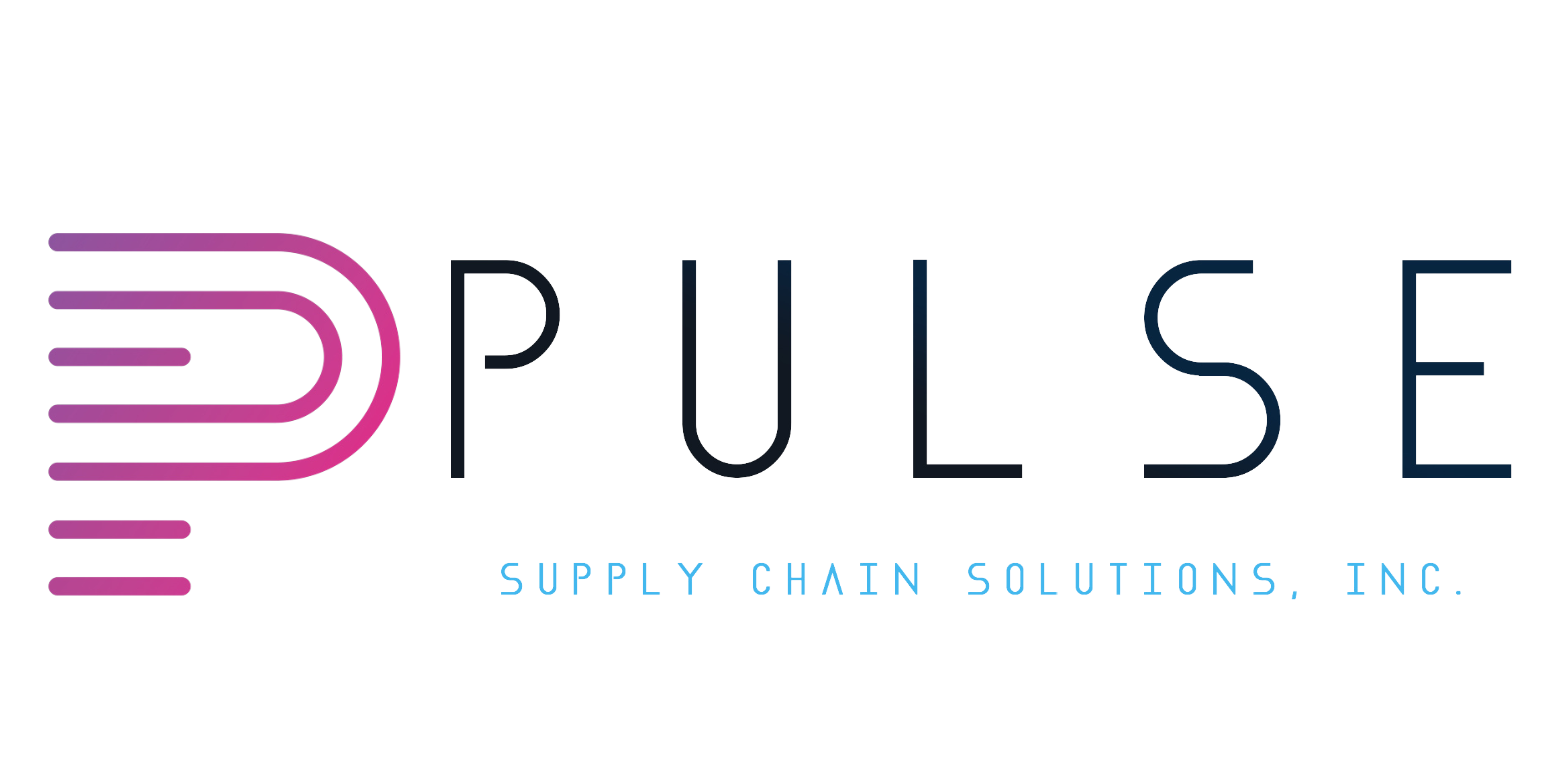
The Forgotten Room in the Data Center: Where Circularity Gets Locked Out
Walk into a brand-new data center and you’ll feel like you’ve stepped into the future. The chilled air hums with energy, server racks glow with blinking lights like a city skyline, and engineers pace quietly between aisles of hardware that fuel everything from AI breakthroughs to real-time financial transactions. These facilities are designed to impress; they are the cathedrals of the digital economy.
But every cathedral has a crypt, and in the world of data center sustainability, that crypt is the forgotten room where obsolete servers, cables, and hard drives pile up in silence..
The Blind Spot in Data Center Circularity
We don’t like to talk about this room. Circularity in data centers is often framed around energy efficiency: how much renewable power runs the servers, how advanced the cooling systems are, and how low the PUE (Power Usage Effectiveness) score can go. These are important achievements, but they miss a glaring truth: when servers reach the end of their short lifespans, most operators treat ITAD for data centers (IT asset disposition) as an afterthought. In fact, most major cloud providers design for scale, but not for exit strategy.
This is where responsible IT decommissioning must come into focus. It’s not just about greener operations but about ensuring that the technology powering our digital world exits responsibly — through data center asset recovery, reuse, and recycling strategies that close the loop.
Why ITAD Must Be Designed Into the Blueprint
Here’s the blind spot: ITAD in data centers is rarely built into the design process. Hardware comes in with purchase orders, warranties, and service contracts, but when it leaves, it often departs chaotically.
Pallets of servers get sold in bulk without proper security. Hard drives are shredded wholesale rather than wiped and redeployed. Perfectly reusable parts vanish into the recycling abyss.
This reactive approach creates massive lost value, unnecessary waste, and growing e-waste in data centers. To change that, IT leaders must build data center lifecycle planning into the blueprint from day one — including reverse logistics for servers and clear protocols for managing end-of-life IT assets.
The Economic Case for Lifecycle Planning
And this isn’t just a sustainability problem but an economic one. According to Gartner, the average enterprise spends between 40–60% of its IT budget on hardware refresh cycles. Yet IDC estimates that 20–30% of those “retired” assets could be refurbished and put back into service, extending their value by several years. That’s millions in wasted budgets sitting in that forgotten room.
Imagine a different approach. What if every rack shipped not just with an installation manual but with a reverse logistics plan? What if every data center blueprint included a lifecycle map that detailed not only deployment but also end-of-life asset recovery? That shift would redefine circularity in the sector (not just greener cooling, but greener exits).
That’s millions in wasted budgets sitting in that forgotten room — resources that could be captured through structured data center asset recovery programs. With proactive data center lifecycle planning, organizations can extend equipment value, reduce procurement costs, and reinforce their commitment to green data center practices.
By treating responsible IT decommissioning as a strategic priority, companies can align operational efficiency with sustainability goals — proving that what’s good for the planet can also be good for the bottom line.
Unlocking the Forgotten Room
The irony is that data centers already operate with obsessive efficiency in every other domain. Power consumption is monitored to the decimal. Cooling strategies are optimized with AI simulations. Network traffic is balanced globally to shave milliseconds off response times. Yet when it comes to end-of-life equipment, the approach is still manual, reactive, and sloppy.
The next wave of innovation in data centers should be about how responsibly we retire. Because in a world where AI models double in size every six months and servers churn through lifecycles faster than ever, ignoring the crypt means letting waste grow into a legacy we can’t afford.
Circularity isn’t just a sustainability trend. It’s the missing room in the blueprint. Until it’s unlocked, the sustainability of data centers will remain only half the story.


